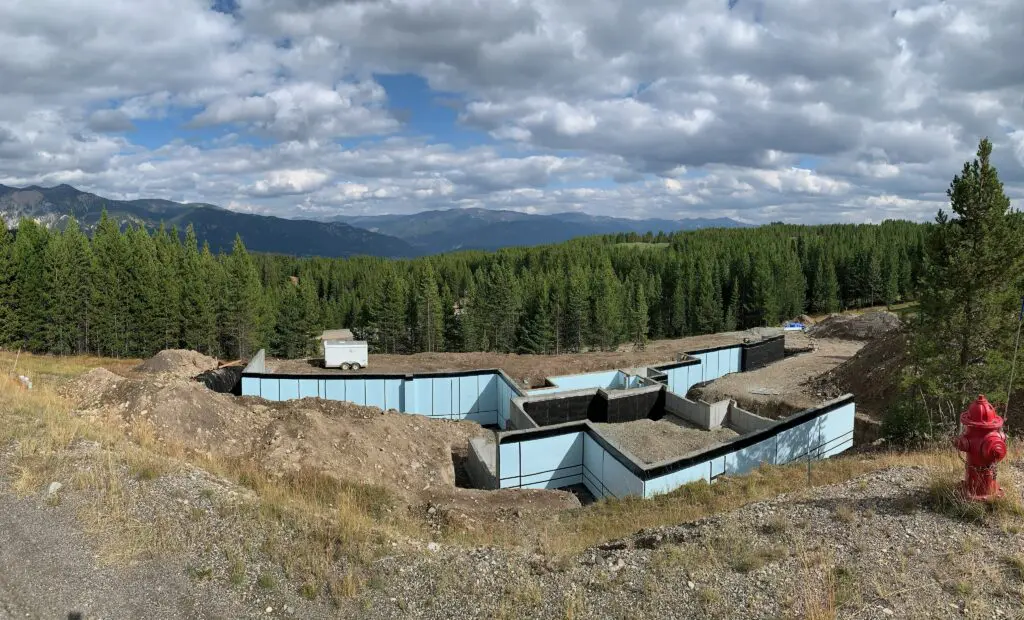Basement waterproofing is essential for maintaining a healthy, dry, and safe living space. Many homeowners may not realize the importance of waterproofing until they notice dampness, mold, or water seepage in their basements. In fact, neglecting to waterproof a basement can lead to costly damage and potential health issues. Before diving into the waterproofing process, there are several key things to consider. Understanding the process and knowing what to expect will ensure that your basement remains dry and protected for years to come.

Basement waterproofing goes beyond just applying a coat of sealant on the walls. It requires thoroughly evaluating the basement's structure, potential water sources, and appropriate techniques to prevent moisture infiltration. Whether you're planning a DIY project or hiring professionals, preparation and understanding of the options available are crucial.
-
Understanding the Need for Basement Waterproofing
The first step in the basement waterproofing process is understanding why it's necessary. Basements are typically below ground level, so they are naturally more prone to water seepage due to pressure from the surrounding soil. Water can enter through cracks, joints, and porous walls, especially during heavy rain or after melting snow. Over time, water can cause structural damage, promote mold growth, and create an unhealthy living environment. Moisture problems in the basement can affect the rest of your home, including the foundation and the overall air quality.
If you notice musty smells, dampness on the walls or floors, or mold, it's time to consider basement waterproofing. Taking action sooner rather than later can prevent significant damage.
-
Types of Basement Waterproofing Solutions
Before you start waterproofing your basement, you must know the different types of solutions available. The most common methods include:
Interior Waterproofing: This is the most affordable and straightforward solution. It involves sealing cracks and joints from the inside, typically using waterproof sealants or coatings. It may also involve installing a drainage system to collect and redirect water away from the foundation.
Exterior Waterproofing: This involves digging around the foundation to apply a waterproof membrane to the exterior of the walls. While this method is more effective, it is also more expensive and labor-intensive due to the need for excavation.
French Drains: A French drain system involves digging a trench around the perimeter of your basement and laying a pipe that directs water away from the foundation. Depending on the layout and the level of water infiltration, this can be done either inside or outside.
Sump Pumps: A sump pump system is often combined with other methods to remove excess water from the basement. The pump collects water and diverts it outside, preventing flooding.
Each method has pros and cons, and the best option for your basement depends on the severity of the water problem and your budget.
-
Cost of Basement Waterproofing
The cost of basement waterproofing can vary depending on the size of your basement, the method you choose, and the extent of the water damage. Interior waterproofing methods are generally more affordable, while exterior waterproofing or installing a French drain system tends to be more expensive. Hiring a professional will also add to the overall cost, but avoiding issues arising from DIY work can save you money in the long run.
Getting quotes from multiple contractors and asking about any warranties or guarantees on the work is essential. This ensures that you're getting the best value for your investment.
-
Hiring the Right Professionals
While DIY basement waterproofing is possible for minor issues, hiring experienced professionals for more extensive work is often best. Commercial waterproofers specialize in larger-scale projects and have the tools, skills, and knowledge to do the job correctly. Hiring a professional ensures that the waterproofing solution is tailored to your home's specific needs and helps prevent costly mistakes from improper installation.
Professional waterproofing contractors will thoroughly inspect your basement, including assessing the source of moisture, identifying cracks or weak points in the foundation, and recommending the most effective solution. They will also provide a detailed estimate so you can make an informed decision before proceeding.
-
Timing and Preparation
Waterproofing your basement is best done during dry weather, as the process can be more effective when the ground is not saturated with water. Clear out any belongings from your basement to provide access to the areas that need treatment. Waterproofing can take a few days to a week, depending on your chosen method.
After the waterproofing work is complete, maintain the area by regularly checking for any signs of leaks or moisture buildup. Routine inspections will help prevent future issues and ensure your basement remains dry.
Conclusion
Waterproofing your basement is a smart investment in your home's long-term health and value. Whether you're dealing with a small leak or significant water infiltration, addressing the issue promptly is key. By understanding the different waterproofing solutions, hiring qualified professionals, and budgeting appropriately, you can ensure your basement remains a dry and usable space for years to come. Consider consulting with experienced commercial waterproofers to get the best results and protect your home from the harmful effects of water damage.





